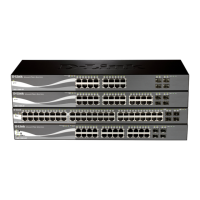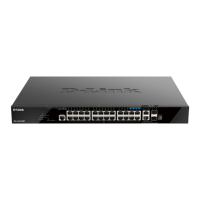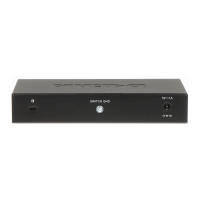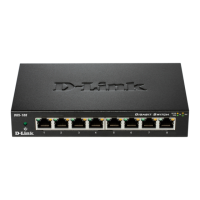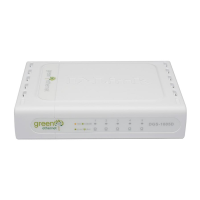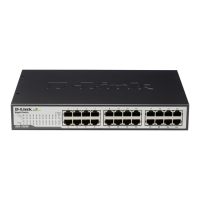(Optional) Specifies the action to take for those packets that did not
conform to both CIR and PIR. These packets are referred to as red
color traffic. If the violate-action is not specified, the default action is
equal to the exceed-action.
Specifies the action to be taken. The actions can be:
drop - Packets will be dropped.
set-dscp-transmit VALUE - Sets the IP differentiated services
code point (DSCP) value and transmits the packet with the new IP
DSCP value.
set-1p-transmit - Sets the 802.1p value and transmits the packet
with the new value.
transmit - Transmits the packet. The packet is not altered.
Only one of the set-dscp-transmit and set-1p-transmit parameters
can be used when issuing this command. However, when selecting
to use both, the set-dscp-transmit and set-1p-transmit parameters,
the set-dscp-transmit parameter must be issued first followed by the
set-1p-transmit parameter.
(Optional) Specifies the option for a two rate three color policer.
When color-aware is not specified, the policer works in the color
blind mode. When color-aware is specified, the policer works in the
color aware mode.
Default
None.
Command Mode
Policy-map Class Configuration Mode.
Command Default Level
Level: 12.
Usage Guideline
As a packet arrives at a port, the packet will be initialized with a color. The receiving port either trusts
DSCP or CoS. The initial color of the packet is mapped from the DSCP in the incoming packet if the
receiving port trusts DSCP. The initial color of the packet is mapped from the CoS in the incoming
packet if the receiving port trusts CoS.
Both single rate three colors policers and two rate three color policers can work in color aware mode.
In color-blind mode, the final color of the packet is determined by the policer metering result alone. In
color-aware mode, the final color of the packet is determined by the initial color of the packet and the
policer metering result; The policer may further downgrade the initial color.
After the policer metering and based on the final color, the conform action will be taken on green color
packets, exceed-action will be taken on yellow color packets, and violate action will be taken on red
color packets. When specifying the actions, you cannot specify contradictory actions such as violate-
action transmit and exceed-action drop.
The actions configured by the set command for the traffic class will be applied to all the packets
belonging to the traffic class.
Example
This example shows how two-rate traffic policing is configured on a class called police to limit traffic to
an average committed rate of 500 kbps and a peak rate of 1 Mbps, and the policy map named policy1
is attached to eth1/0/3.

